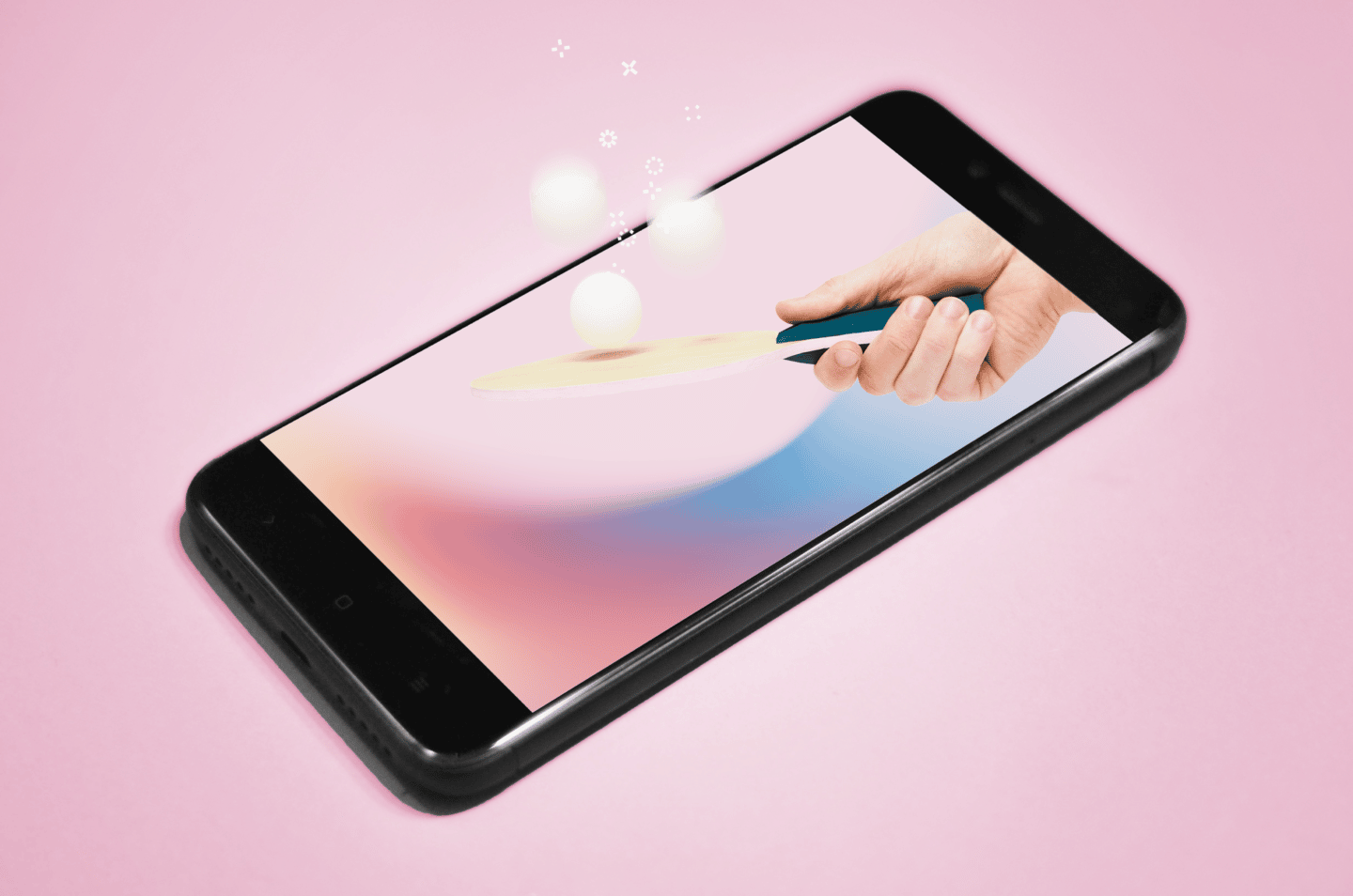The future of work is going to be dictated by a blend of the physical and the digital. Mixing human creativity with the technological prowess of the latest and greatest tools or solutions. To help chart us through this adventurous path forward, we’re going to need some experts and solid advice from those who can see the bigger picture. Luckily, we were able to some get firsthand counsel from a well-established figure in the field of HR tech.
Digital transformation is an evergreen topic, and cannot be overstated in terms of importance, especially when it comes to the people who do it. As we mentioned in a previous article, it’s about combining the right people, with the right tools at the right time for it to be a success. A huge leader in conducting successful transformations for businesses of all sizes around the globe is PWC. When it comes to the burgeoning area of HR Tech, there’s one person to turn to in Sweden, Joakim Karlsson.
We had the opportunity to sit down and speak with him to learn what’s in store for the future in this area, a few exciting projects he’s been involved with, and explore new potential horizons. Joakim is the head of the HR Tech lab for PWC Sweden. He’s a pioneer working at the bleeding edge between HR and digital technology and the transformational impact the two can have on organizations.
“We’ve got an initiative here (at PWC) that we want to be digital-first in everything that we do. Towards our clients, our people, and our potential candidates. And for myself, I’m trying to drive digital transformation within our HR departments. So the mission is basically to marry technology, the future, and certain trends with HR,” says Joakim.
Since he started there in 2016, he’s been working on transforming internal processes to make them more efficient and digital.

“In the beginning of the HR Tech lab, I was like, it’s not about the people, it’s about the technology. I was coming from HR, and I wanted to pivot my view as there were all these technologies here, it’s just that the imagination was lacking behind. But to think about it now, as I’m more mature, with more completed and failed projects. It’s about people.”
Joakim Karlsson
Head of HR Tech Lab
PWC
High impact HR tech projects
From the very beginning, Joakim looked for projects that would have a high impact, both internally and externally. He wanted to start with projects that he knew would succeed. For two reasons. First, to establish competency. Second, for credibility within the organization. Which would have its rewards later on down the line and allow for more experimentation.
An all-encompassing contract solution
As he is heavily involved in the HR side of the business, he’s dealt with recruiting candidates and their entire contract process. So one of his first successful digital transformation endeavors at PWC was to implement Oneflow’s digital contracts into their hiring process. HR was his sandbox so to speak.
“At the time, we didn’t have a large number of resources nor internal trust to implement (Oneflow), so we said to our internal stakeholders, let HR be our sandbox for contract automation. And if it succeeds, we have thousands of clients who need contracts and other agreements, not only the hiring contracts that we use for our own candidates. So the potential there was huge,” says Joakim.
It was apparent that Joakim recognized the transformational impact of digital contracts on an organization. It also seems that his peers did as well. As they followed his plan of starting with HR and then leveraging Oneflow to other departments. It was this initial success that allowed Joakim to be more experimental to do more exciting HR tech initiatives.
Reaching the talent where they are
The consulting world is known for wanting to attract the top talents in every industry. And from every top university around the world. And a core aspect of HR is acquiring those top talents and ensuring they’re a proper fit for your organization. The problem is how to reach those candidates and spark their interest to work for you. This was a digital challenge Joakim was eager to tackle head-on.
According to Joakim, it’s about reaching the people where they are. This means the platforms that they already are using in their daily life such as Facebook, etc. So he created an external-facing chatbot, that interested candidates could interact with. Without them having to seek out PWC or make an extra effort to find them. It also could be used as an employer branding initiative. As the top questions candidates were asking, what they were worried about, or most focused on could be used in recruitment campaigns. It was a social listening exercise to learn more about what the talent wants and cares about, then use that information to better attract the right candidates.
Augmented reality to generate buzz internally
You can’t forget the importance of internal communication and employee engagement, as people are the most important part of an organization. And at PWC, according to Joakim, the global plan is everyone there needs to be an agent of digital change. Yet, sometimes it’s difficult to get everyone to be excited about or even pay attention to the latest digital initiative. That’s where Joakim decided to be more creative and break the mold of the traditional company-wide email, pamphlets, and bland zoom meetings.
“It’s in everyone’s interest to push the digital transformation efforts forward, but we wanted to experiment with a new launch. So we sent out pamphlets, and cupcakes, and then recorded our HR director and other digital transformation leaders here at PWC in our studio in Stockholm. And stitched them into an augmented reality solution,” said Joakim. “On the day of the launch, you’d point your camera towards the pamphlet and then they would ‘pop up’ on your phone and greet you with a message about participating in the initiative and thanking them for being a changemaker.”
It was a creative way to generate interest and buzz in a new initiative. A cool way to communicate change effectively inside the organization, while harnessing the power of digital communication tools available to them. Joakim says that it was a great way that they boosted their internal communication that had a positive impact.
“You need, you need to hook them somehow because people are important, but people are hard to reach also. So you know that’s why AR or something like that can make a difference,” continues Joakim.

People are the most important part
Of course, coming from Joakim, he acknowledges that he’s biased since he works in HR tech, so naturally, he thinks people are the most important aspect. Not only of an organization but a digital transformation as well. But, when he started his journey, he had the opposite perspective.
“It’s super biased coming from me since I’m super hardcore in HR, but people are paramount. In the beginning of the HR Tech lab, I was the opposite. I was like, it’s not about the people, it’s about the technology,” he says. “I was coming from HR, and I wanted to pivot my view as there were all these technologies here, it’s just that the imagination was lacking behind. But to think about it now, as I’m more mature, with more completed and failed projects. It’s about people.”
This change of perspective is rather eye-opening. As Joakim tried to switch it up, he wanted to challenge his views and took an open-minded approach. Yet, despite seeing and working with some of the newest technologies that truly can transform an organization, people are still the heart and soul of it.
He also notes that due to recent trends, seeing as we are still in the throes of a pandemic, people’s role in an organization has become even more prevalent. As HR consultants have become more in demand too. With employee wellness rising to be an international issue, this has proven to be an important topic.
“It’s more about HR than ever before. We’ve hired even more HR professionals on board to consult for us because they need more backup when it comes to people. Especially because they realize that the people agenda is so important right now,” says Joakim.
Building a great environment
Every company wants to claim that they have a great environment. A great culture where everyone can thrive, be happy, and produce great results. It’s a common trope that companies just throw around fancy-sounding buzzwords that are just that, buzzwords. To truly create an environment where employees can be at their best to achieve their true potential and digital transformation goals, Joakim says there are two things required.
Courage and freedom. Courage, he says to have the bravery and initiative to go for projects that others don’t dare to do. Ones that may fail or be great successes. It’s not a guarantee but you won’t know until you try. Freedom, he says, because if you don’t have the freedom to think outside the box or be creative in your endeavors then people won’t try new things or take risks.
It’s about having the courage to act, but the freedom to fail. As when employees feel secure in their position or have an environment where creativity isn’t stifled, they will take calculated risks. He says that these are the prerequisites to do something innovative, imaginative, and special. And he hopes that these qualities will continue to inspire the future development of HR Tech.
Read also: Why HR is your secret weapon for a digital transformation?
HR Tech trends to look out for
Here are trends to look out for in HR Tech according to Joakim.
VR and AR
A virtual reality and augmented reality development company was the first trend that came to mind for Joakim.
“If you asked me two years ago, I would not say VR because I think the hype kind of died down. Now, it’s coming back with a vengeance. As you know, Facebook rebranded themselves to Meta, and metaverse companies are being talked about in investor reports.”
There are even courses at Stanford University that are being taught and held entirely in VR. They’re planning on doing 140,000 minutes in VR during the course. And with the effects of the pandemic forcing people to stay home, or have more time at home, it’s an area that has significant growth potential. It might not be that “Meta” the company wins out, but there’s something sweet going to come out of this.
“Virtual reality, augmented reality, or if you bunch it up to the “metaverse.” I think we should look out for,” Joakim says.

Employee activism
The other trend mentioned was that now employees are being more active on their own social media profiles and channels with regards to the morality of companies and treatment of their employees. Joakim cited an example of workers being mistreated by a company that led to a surge of other similar stories emerging from other companies. It started a reckoning that harmed their finances. As it scared investors from putting their money into a company that isn’t being well managed or run.
“I think employee activism could be something that has lots of potential. It’s not tricky, but it’s in line with the younger generation of being able to say what you think and there are so many channels that they can reach out on now. There’s kind of a shift in how much power a certain individual can have.” says Joakim.
Read also: What to do when you get laid off?
Just do it
Joakim is in the advice business. He shares his recommendations on what he thinks others should do. When it comes to HR Tech, he has one thing that he’d shout from the top of a mountain.
“Just do it because the technology is out there. There are all of these technologies, it’s just the imagination that’s lagging. So, if you’re sitting at a company wanting to do something new, there are all of these solutions out there. You only need the creativity.”
What are some key parts of HR tech?
Now that we have a solid foundation of what HR tech is and why it’s crucial, let’s explore some of its key components in detail.
HR Information Systems (HRIS)
HRIS, also known as Human Resources Management Systems (HRMS), forms the backbone of HR tech. It centralizes core HR data, including employee information, payroll, benefits, training, and performance reviews. HRIS simplifies HR processes, eliminates manual paperwork, and enables HR professionals to access and analyze data easily.
Applicant Tracking Systems (ATS)
In the recruitment and hiring realm, ATS is a game-changer. It automates and streamlines the entire hiring process, from job postings and applicant screening to interview scheduling and onboarding. ATS enables HR teams to attract top-quality candidates, reduce time-to-hire, and ensure a smooth onboarding experience.
Employee self-service portals
Employee self-service portals empower employees by giving them direct access to their HR-related information. These portals allow employees to update personal details, view pay stubs, access training materials, and request time off, all in one convenient location. By promoting self-service, HR tech enhances employee satisfaction and reduces administrative burdens on HR teams.







